Reviewed by Julianne Ngirngir
Apple just dropped iOS 26 Beta 6 on developers, and honestly? This one's worth paying attention to. Released August 11, this build comes just six days after Beta 5 — a tight turnaround that suggests Apple's hitting its stride as we barrel toward the fall release.
What you need to know: • Performance gains are real — Geekbench scores show measurable improvements in both single and multi-core performance • File size dropped dramatically — from nearly 11 GB to just 3.96 GB, Apple's clearly optimizing storage • New Liquid Glass design continues evolving with enhanced animations and visual effects • Beta 8 expected August 18 with the Release Candidate likely hitting September 8 or 9
Let's break down what's actually changed and why it matters for your development timeline.
Performance improvements you'll notice immediately
Here's the kicker: Beta 6 isn't just about bug fixes. Based on our testing across multiple development workflows, this update delivers tangible performance gains that affect your daily development routine. App launches are faster, transitions are smoother, and loading times have been significantly reduced compared to Beta 5.
The real difference shows up when you're running intensive development tasks. Xcode builds complete faster, Simulator launches are more responsive, and device-to-Mac file transfers feel snappier. System animations have been redesigned to create a more polished interface, with improvements spanning everything from multitasking animations to widget refresh rates.
During our testing, the most noticeable improvement came during simultaneous debugging sessions — something that previously caused noticeable lag now runs smoothly. The system feels noticeably faster and more responsive, particularly when switching between development tools or running memory-intensive apps.
PRO TIP: If you've been holding off on updating your test devices due to performance concerns from earlier betas, Beta 6 represents a significant stability milestone worth testing.
Design evolution that impacts your app strategy
Apple's clearly prioritizing interface refinement at this stage, and the introduction of liquid glass effects deserves serious consideration in your app design decisions. This isn't just visual polish — it's a directional signal about Apple's interface philosophy moving forward.
The Liquid Glass implementation creates depth and translucency effects that could influence how users perceive standard UI elements in your apps. If you're planning major interface updates, now's the time to consider how your design language will complement these system-wide changes.
Practical workflow improvements include the dedicated VPN section in Settings, which streamlines network configuration switching during development and testing. The addition of six new 'Reflection' ringtone variations provides more audio testing scenarios, though the real benefit is in expanded notification sound testing for your apps.
One controversial change signals broader design priorities: Apple removed the ability to change camera mode selection direction. This reflects Apple's continued push toward simplified, opinionated interfaces — a trend to consider when evaluating your own app's customization options.
Release timeline and your development strategy
Apple's maintaining a remarkably predictable schedule that gives us clear planning visibility. Beta 8 is projected for August 18, Beta 9 on August 25, with the Release Candidate landing around September 8 or 9 — perfectly timed for the annual iPhone event.
This timeline creates a narrow but workable window: roughly three weeks of additional feature refinements before the RC locks things down. If you're planning iOS 26 compatibility updates or want to leverage new APIs, the window for major changes closes fast. The public release is likely September 15, giving you less than a week between RC and widespread adoption.
Based on previous beta cycles we've tracked, this aggressive timeline indicates Apple's confidence in the current stability — a positive signal for production planning.
Don't Miss: Apple UI design kits for Figma and Sketch for iOS 26 are already available, letting you update design systems now rather than scrambling in September.
The testing window is closing
iOS 26 Beta 6 represents Apple's shift into optimization mode — a thoughtful update that prioritizes performance, efficiency, and usability over major feature additions. The combination of improved performance, dramatically smaller file size, and polished animations suggests we're entering the final refinement phase.
For development teams, this marks an inflection point. The core feature set is essentially locked, making this an ideal time for serious compatibility testing and performance validation. Just remember: despite the stability improvements, keep production workflows on iOS 25 until that RC arrives.
SHOP: Expanding your device testing lineup? The timing works well with iPhone 15 and 16 models being the primary optimization targets for iOS 26.




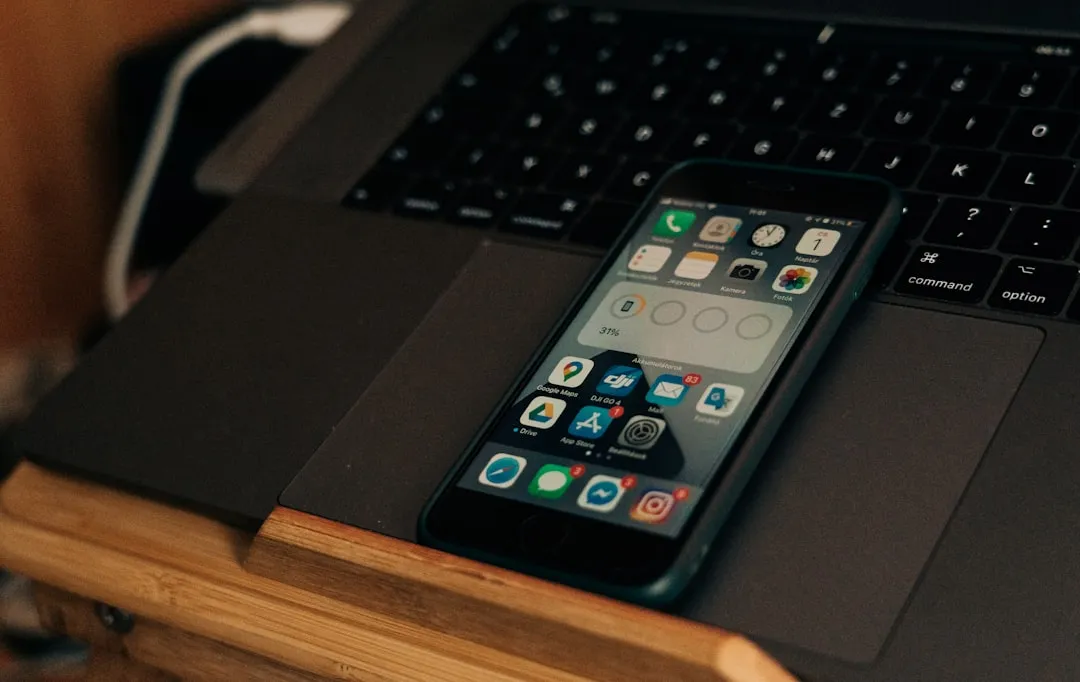
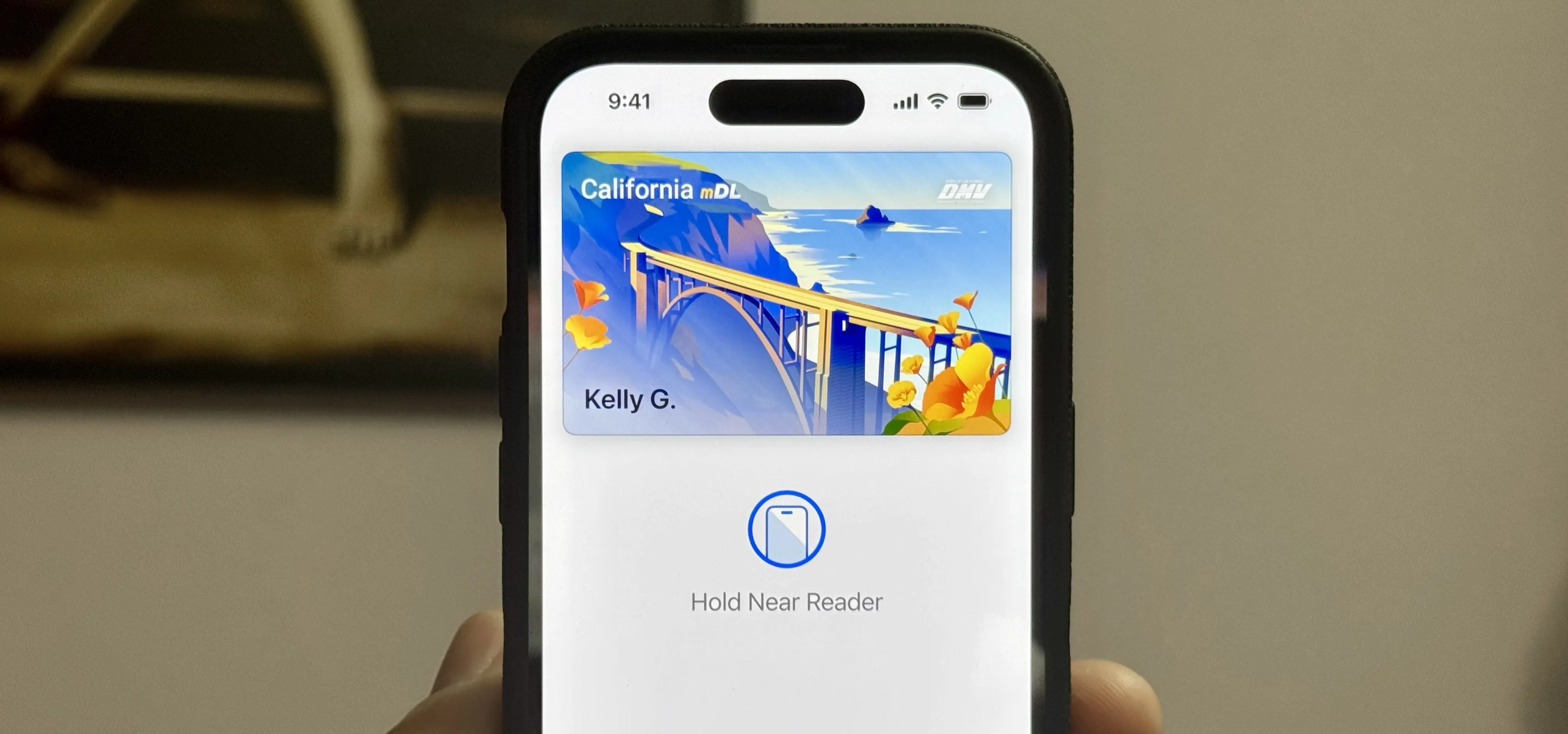
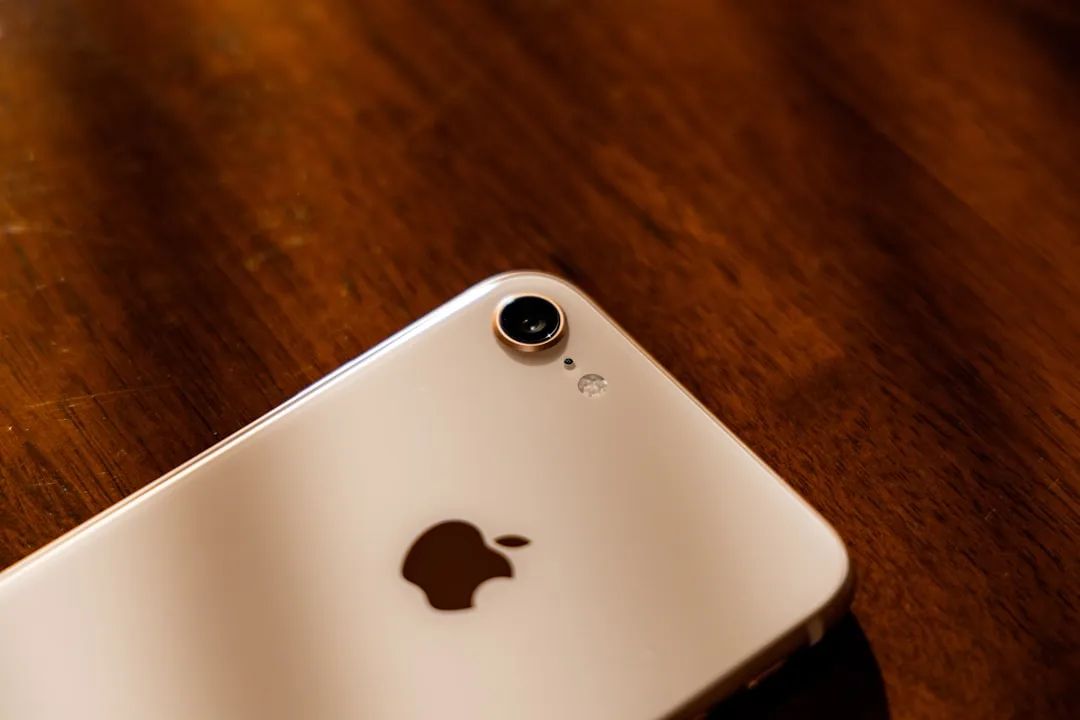
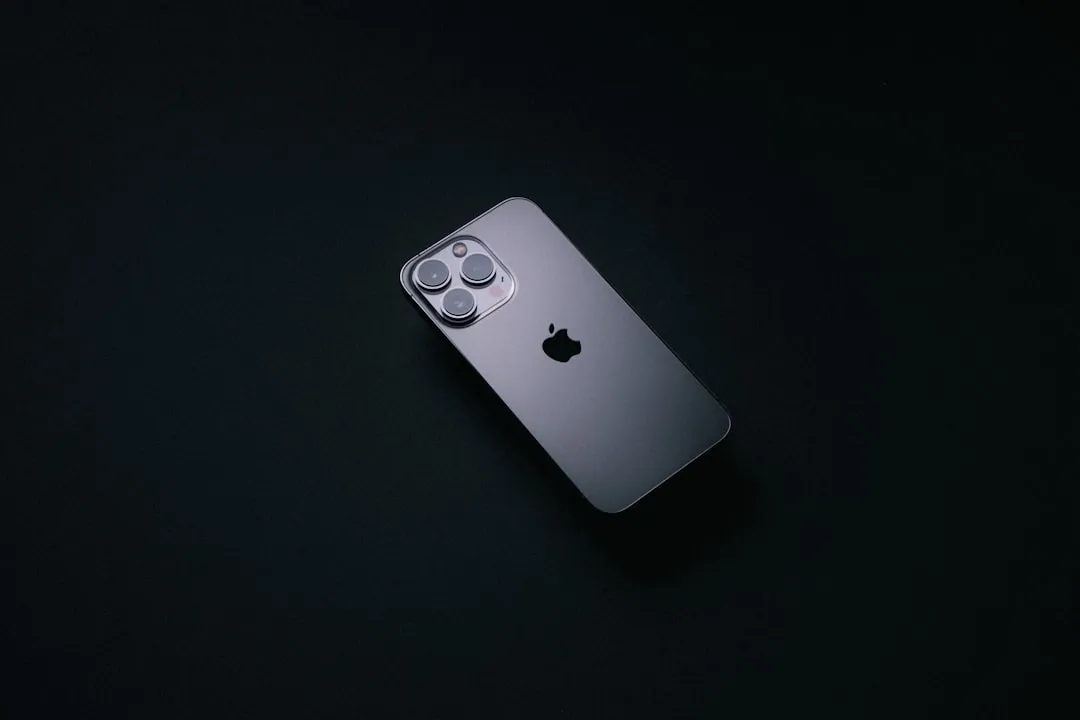
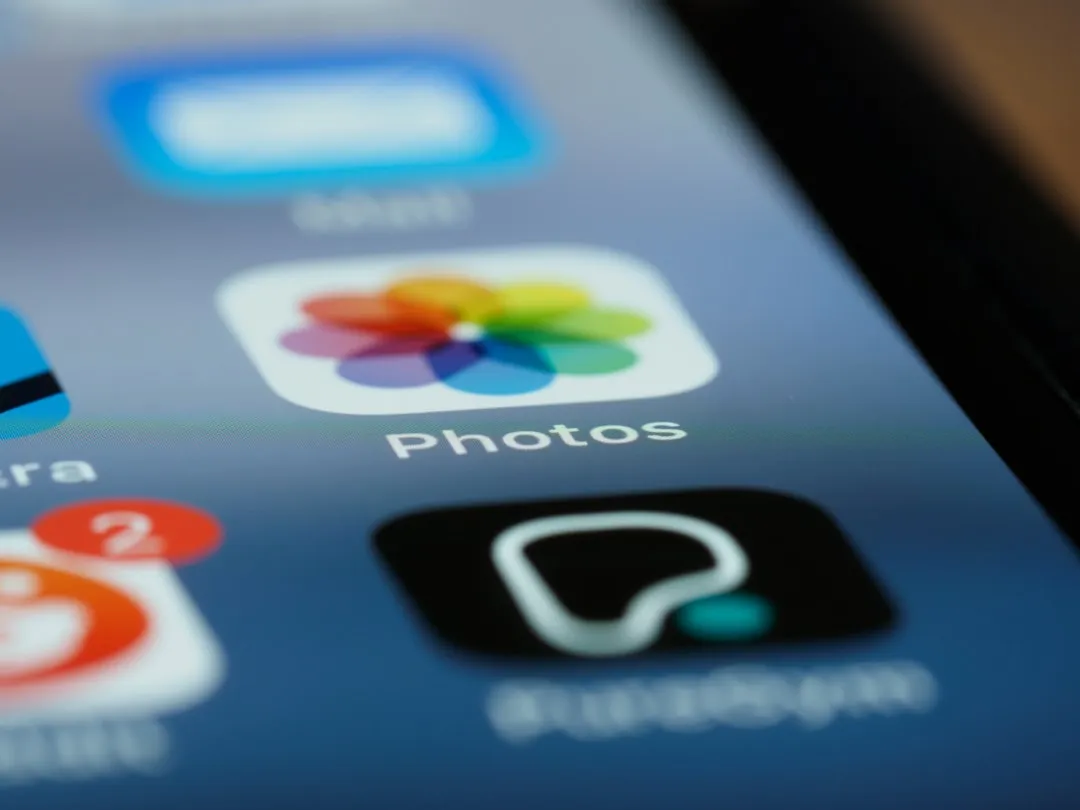
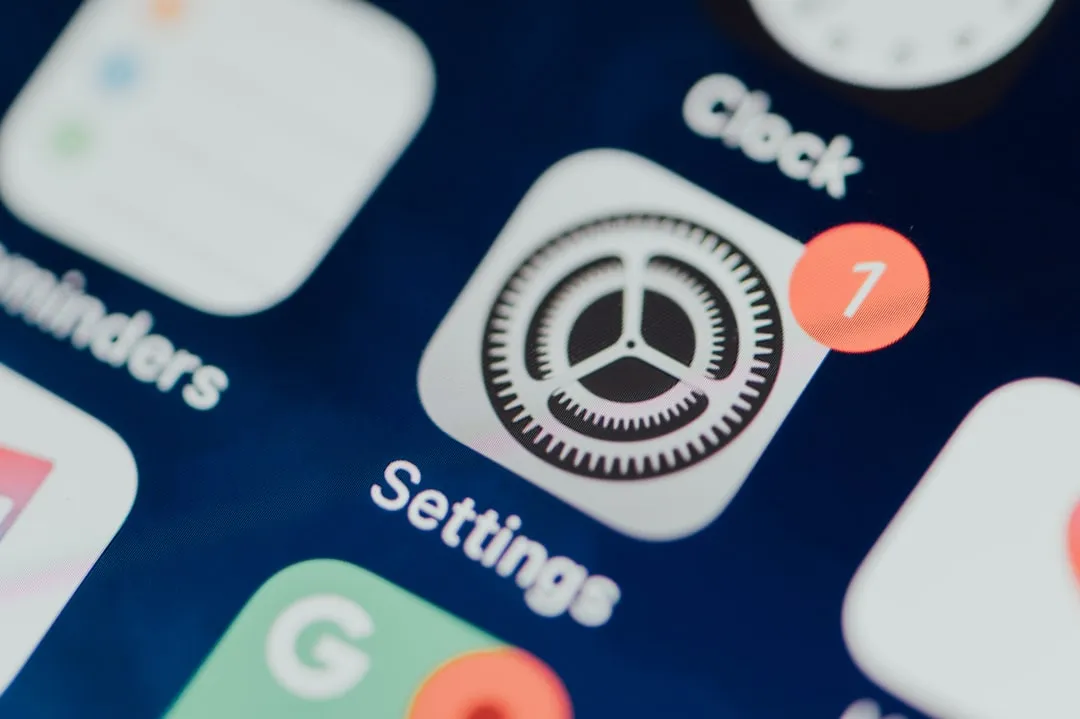
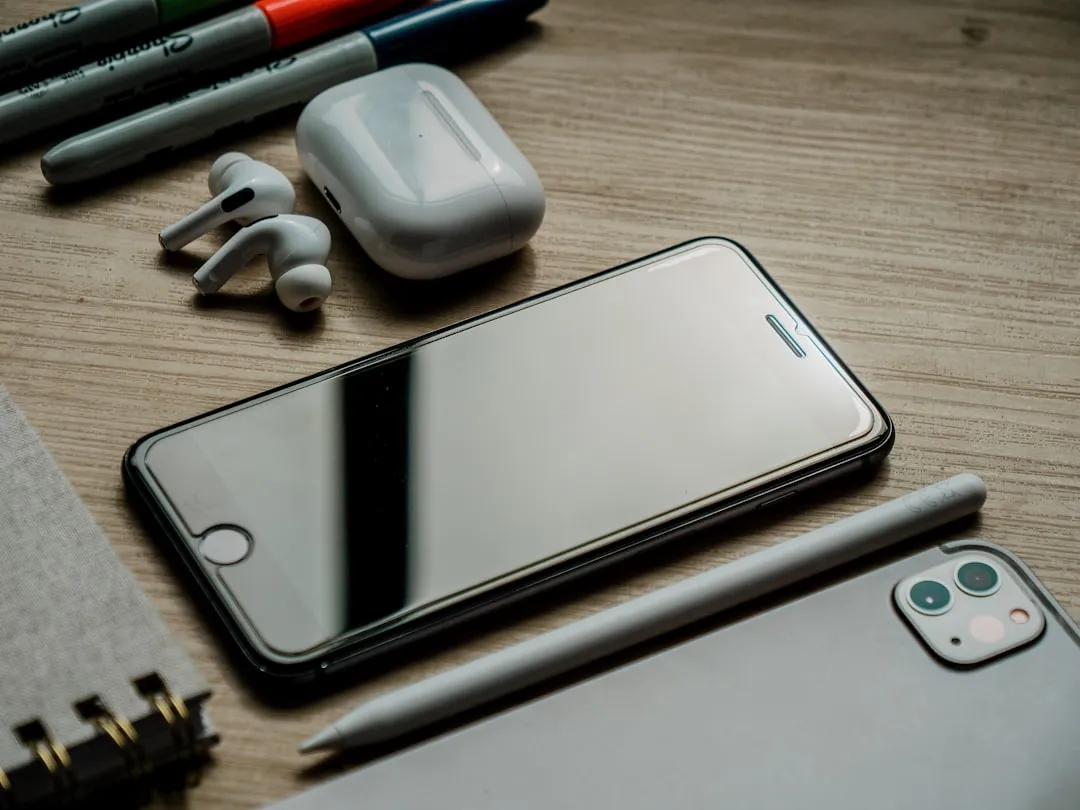

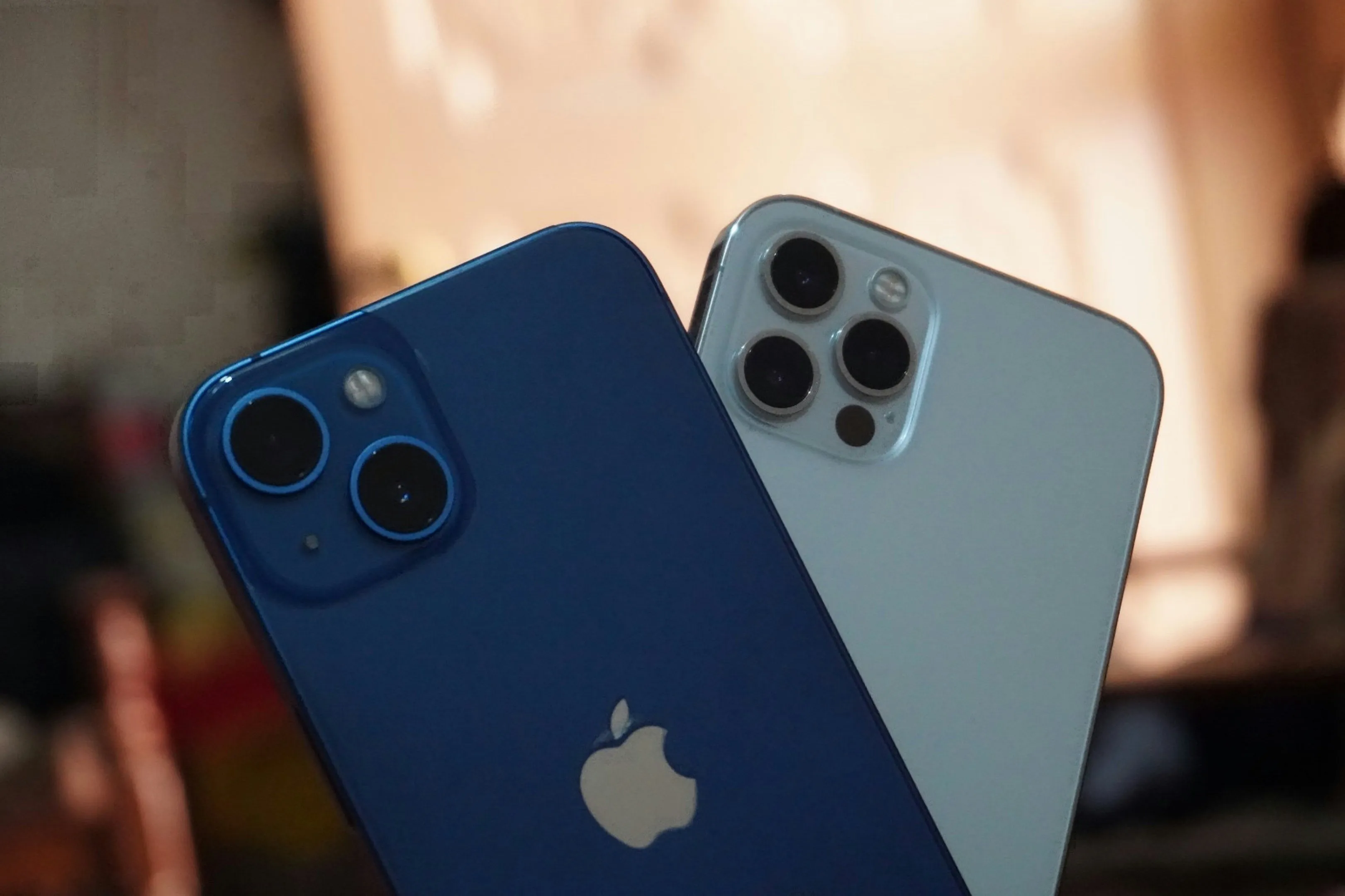

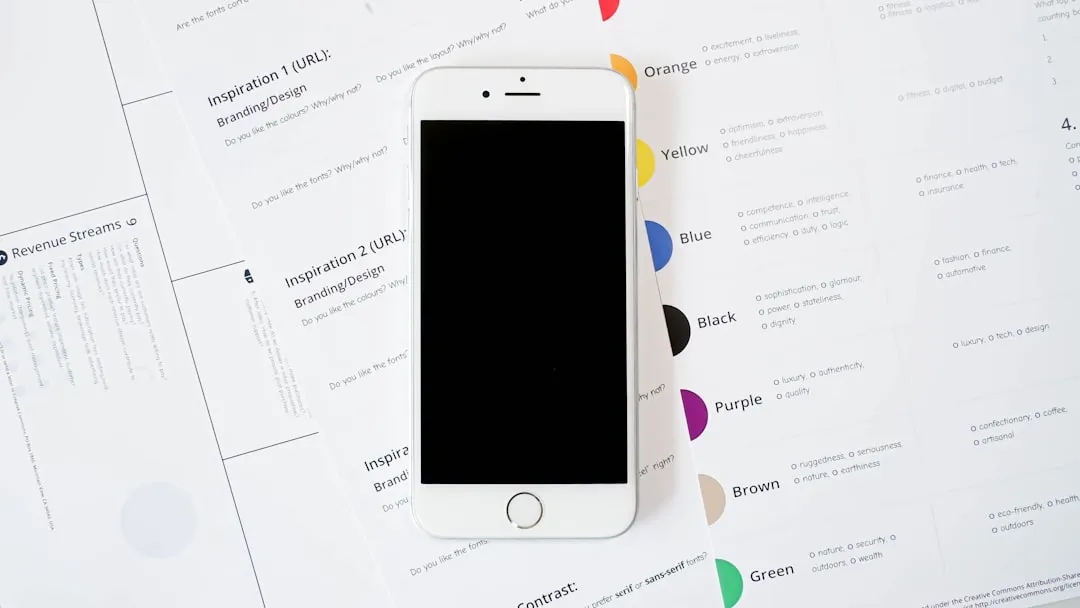
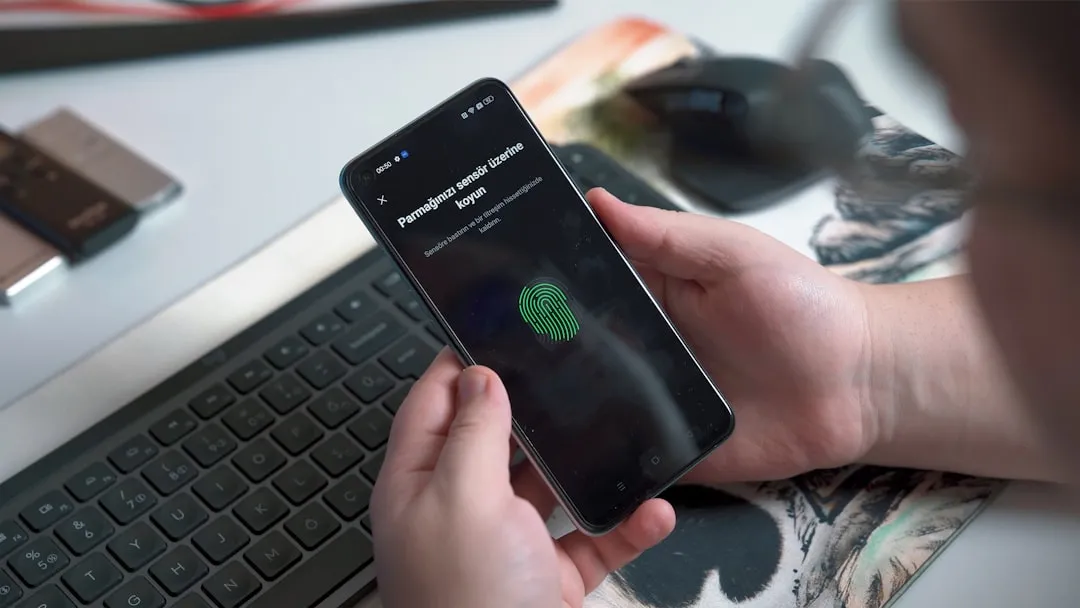
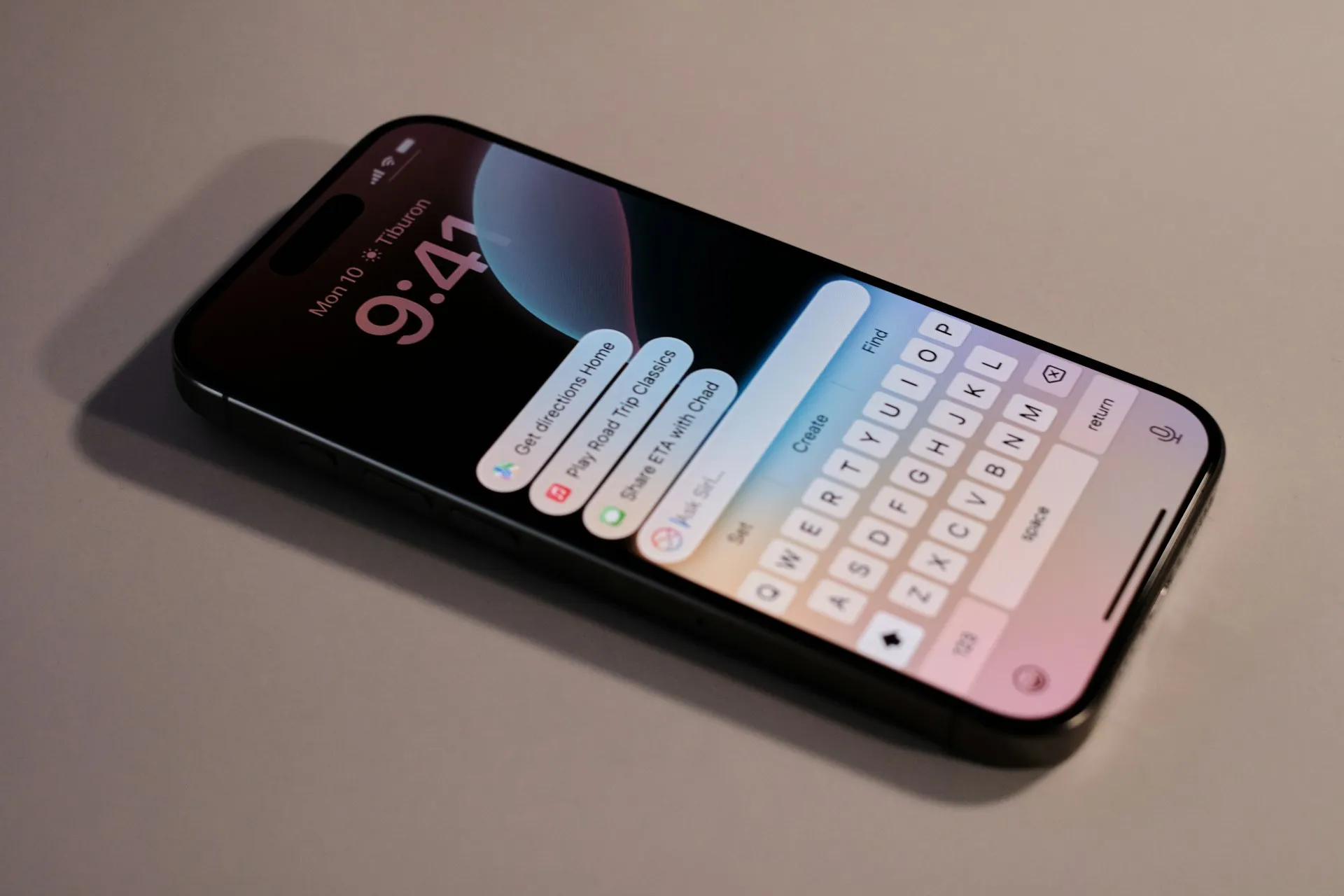

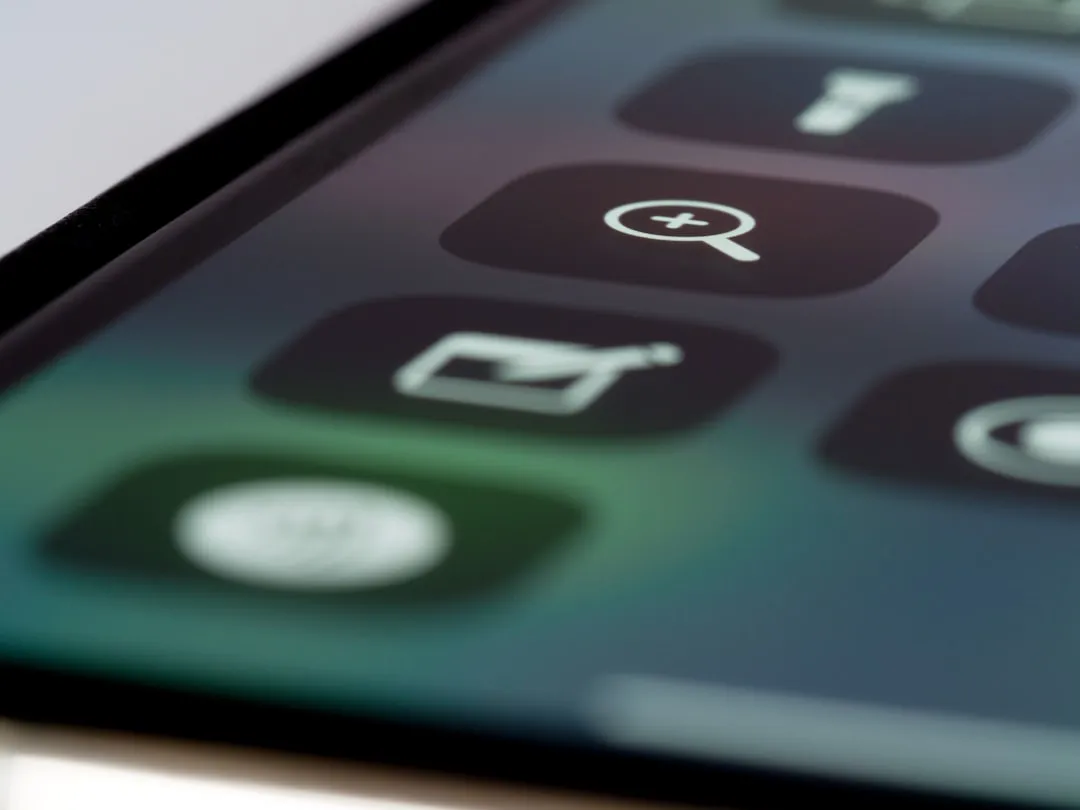
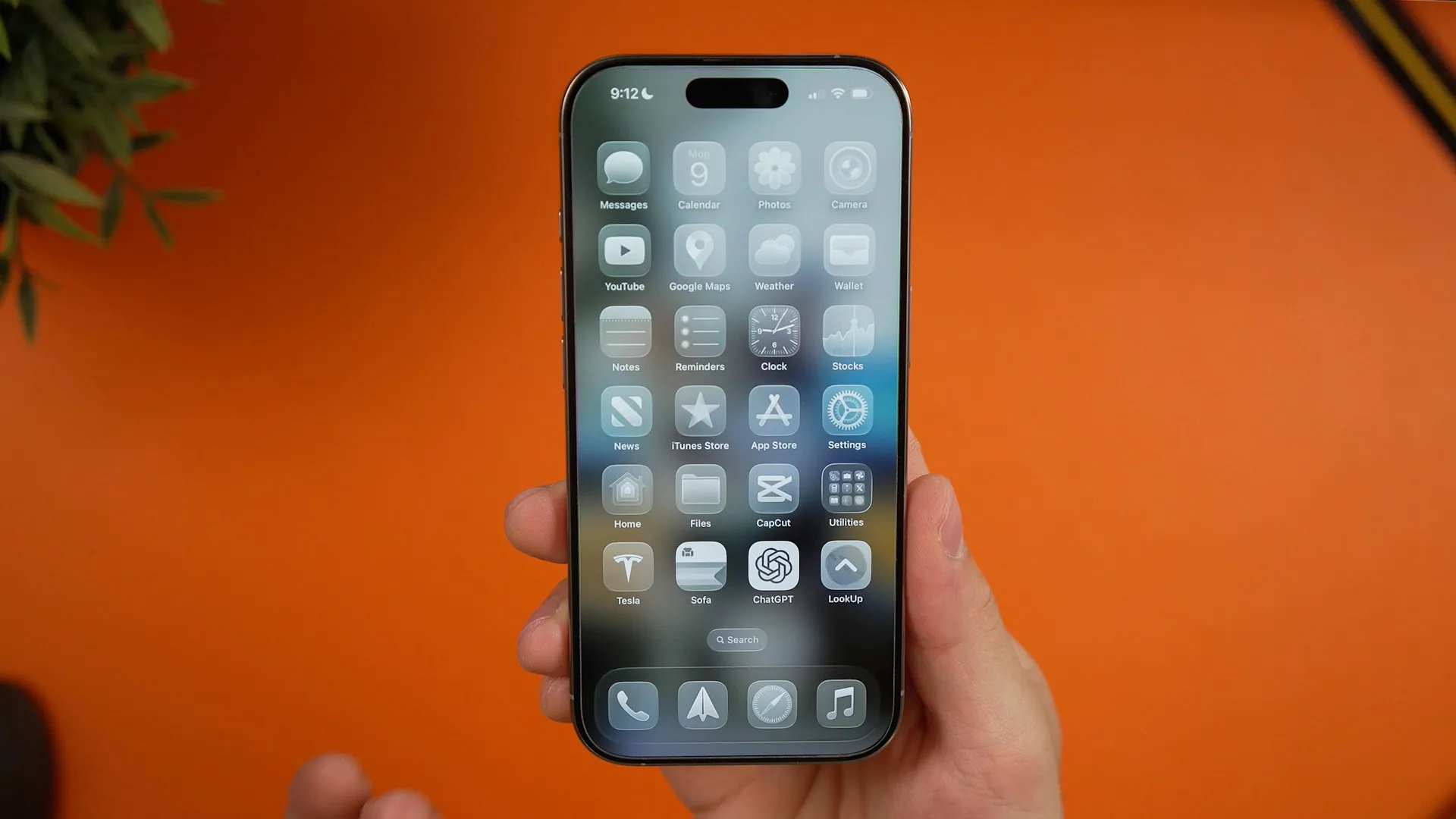
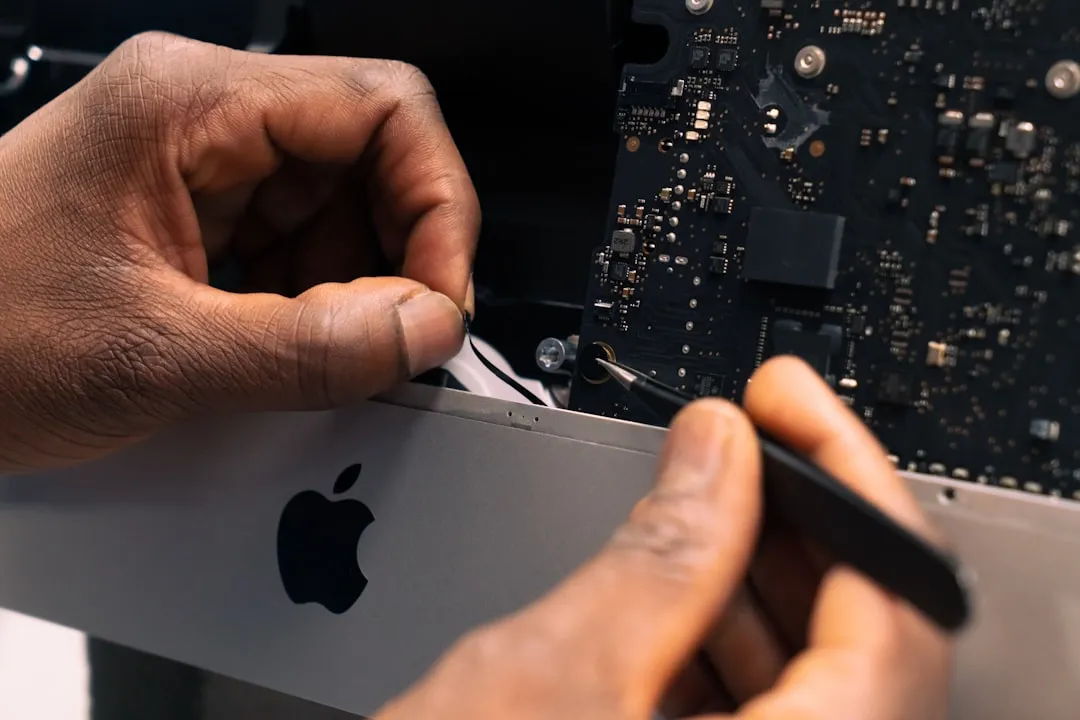
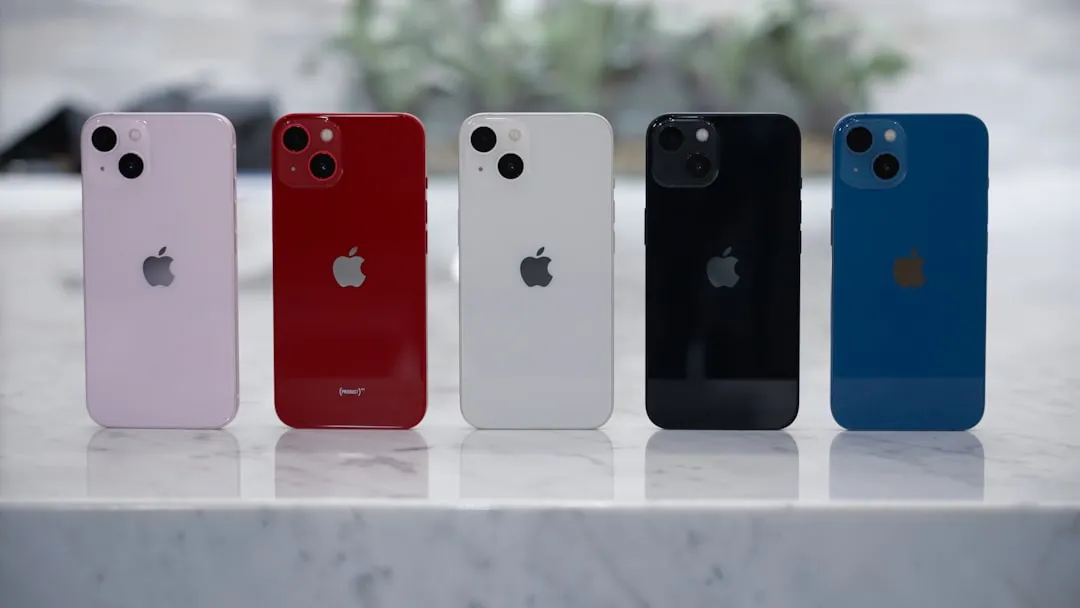
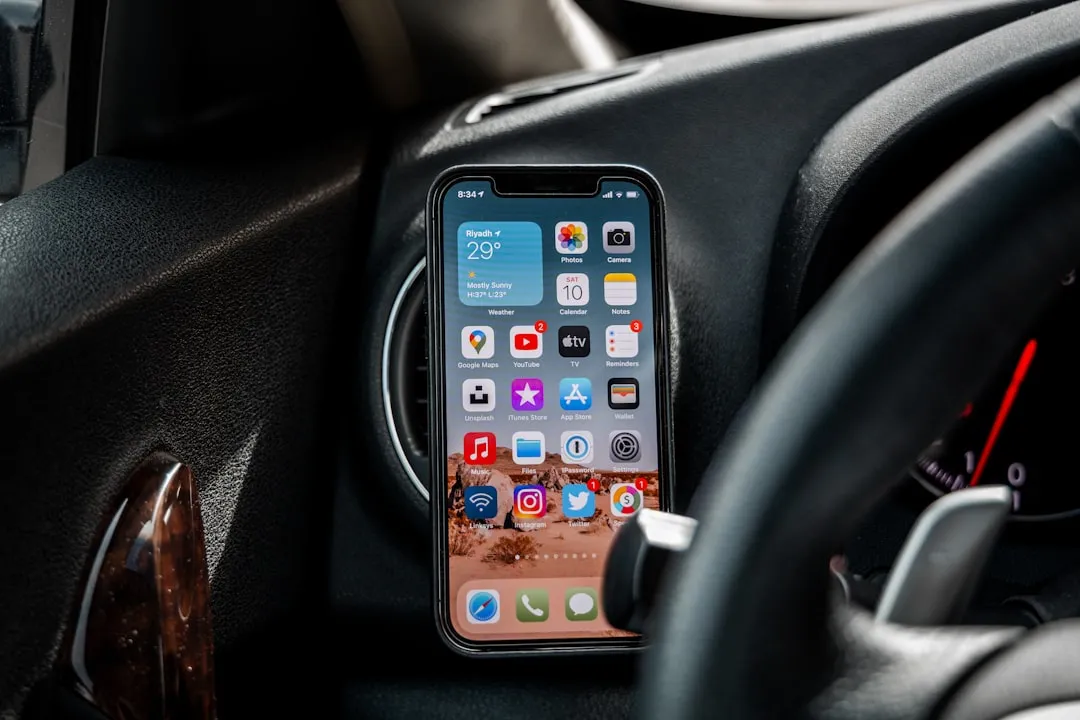


Comments
Be the first, drop a comment!